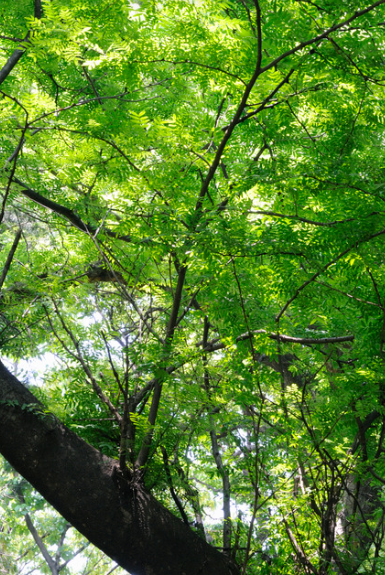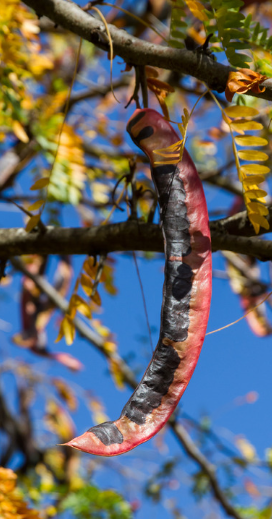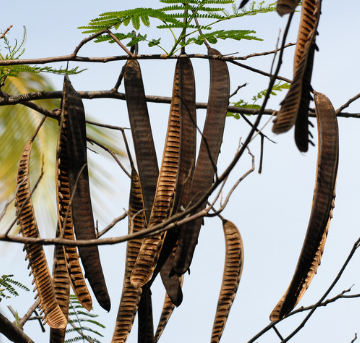Honey Locust Plant
Honey Locust (Gleditsia triacanthos) grows up to 50 ft, thrives in well-drained soil, full sun, moderate moisture, and is edible but not medicinal.

Habit
Tree
Height
15 to 25 m
Growth
Moderate
Soil
Well-drained loamy soil
Shade
Full
Moisture
Moderate
Edible
Yes
Medicinal
No
Origin
North America
Climatic Condition
Temperate, Hardy
Temperature (°)
-10 to 35
Humidity (%)
30 to 70
Potting media
Garden soil
Fertilizers
Organic, phosphorus-rich
Watering
Low
Plant Weight
2-5 kg
Flowering Time
Late Spring
Soil Ph level
6.0 to 7.5
Water Ph level
6.5 to 7.5
Soil EC
0.3 to 1.2
Yield Per Plant
Forage, ornamental
NPK ratio
10:10:10
life Span
100+ yrs
Health Benefits
Used for timber, soil erosion control.
Suggested Grow Media or Potting Mix ?
50% compost, 25% peat moss, 25% sand
Suggested Fertigation/Fertilizers
Fertilize every 3-4 weeks with nitrogen-rich fertilizer.
Common Diseases and Remedies
Leaf Spot, Downy Mildew, Aphid Infestation, Canker Disease.
Dark spots on leaves, Reddish pustules on leaves, White fungal growth on leaves, Leaf curling and distortion, Lesions on stems and branches.
Copper-based fungicides, Fungicides with propiconazole, Fungicides with mancozeb, Copper-based fungicides.
HEALTH BENEFITS
Contains antioxidants; used in traditional medicine for digestion and anti-inflammatory benefits.

